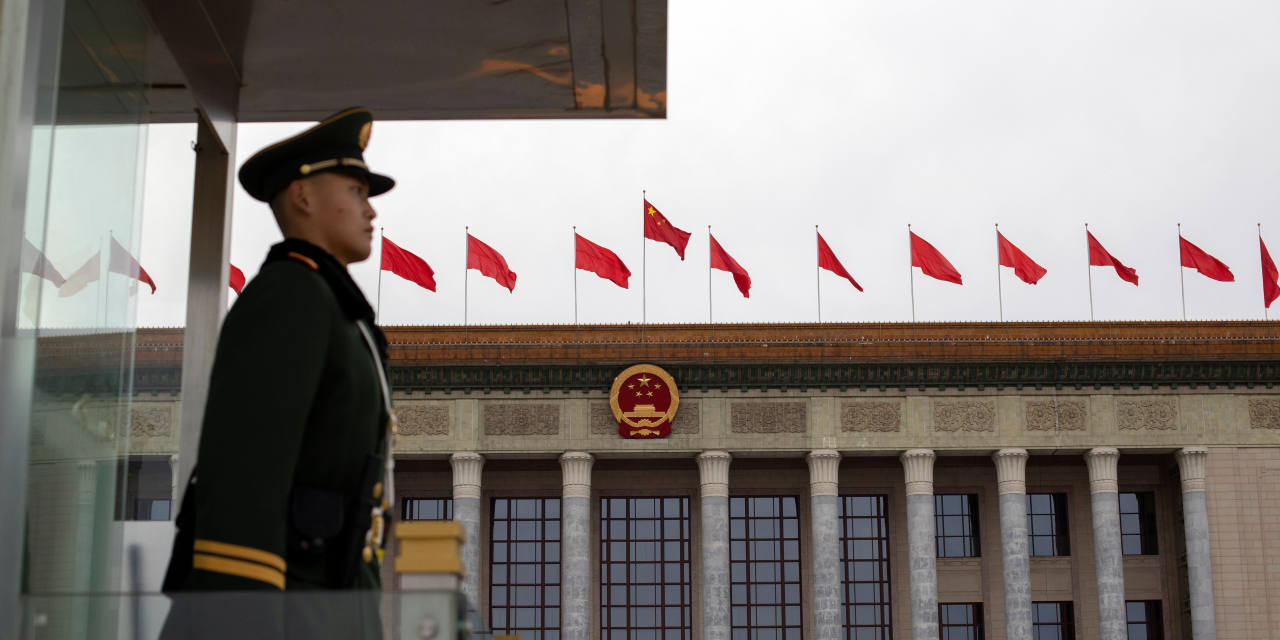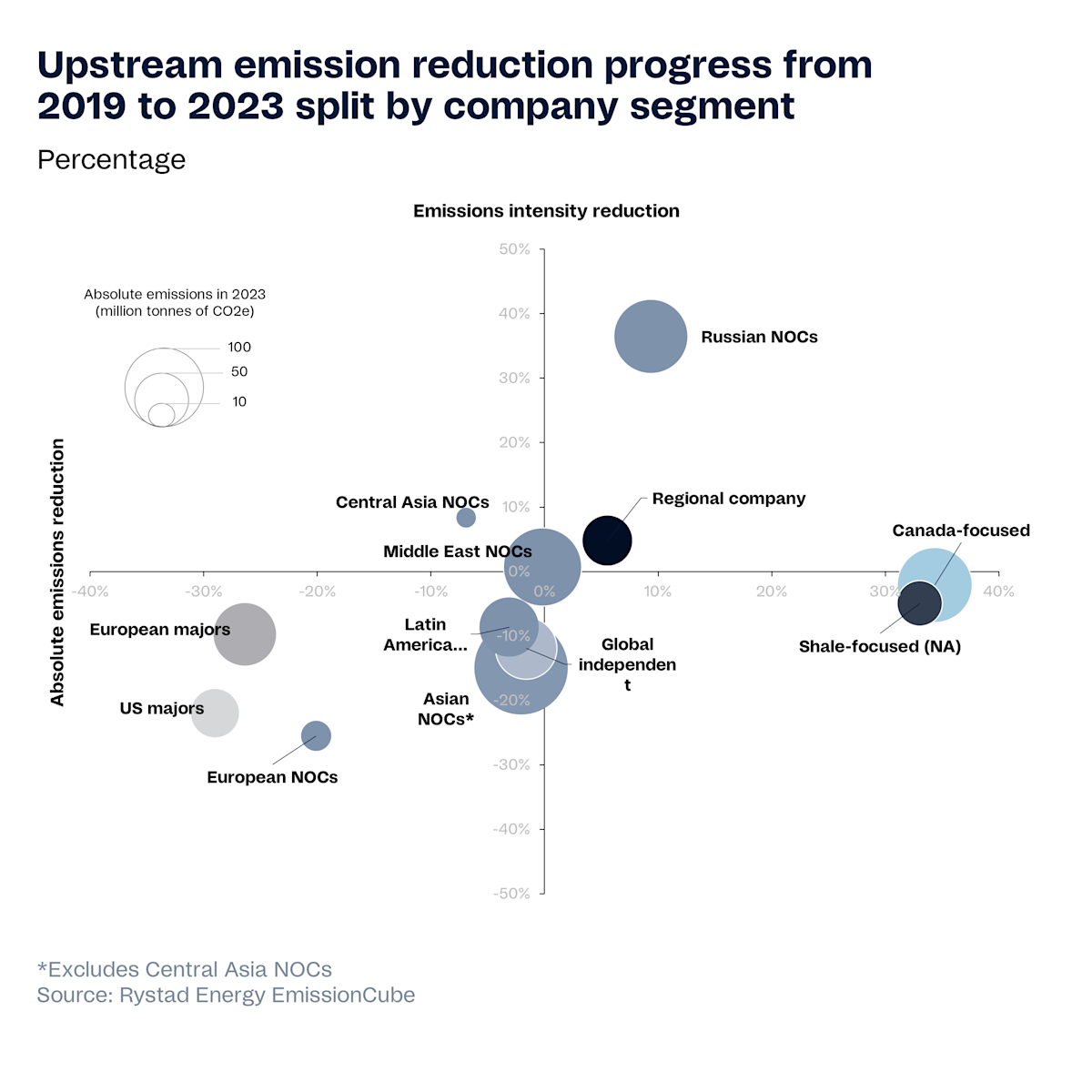Trade War Fallout: Trump's Tariff Hammer Poised to Strike Temu and Shein's Global Ambitions
Companies
2025-04-03 14:22:00Content

In a bold move that signals escalating trade tensions, President Donald Trump has signed a groundbreaking executive order that dramatically reshapes international trade dynamics. The new policy imposes a substantial 30% tariff on low-cost imported goods from China and Hong Kong, effectively eliminating the long-standing 'de minimis' trade exception.
This decisive action marks a significant shift in the United States' trade strategy, targeting affordable imports that previously entered the country with minimal customs scrutiny. By removing the de minimis threshold, the administration aims to protect domestic manufacturers and create a more level playing field for American businesses.
The tariff will have far-reaching implications for international commerce, potentially disrupting supply chains and increasing costs for consumers and businesses that rely on low-cost imported goods. Economists and trade experts are closely watching the potential ripple effects of this aggressive trade policy.
As global markets react to this unexpected development, both Chinese and Hong Kong traders will need to reassess their export strategies and pricing models in light of the new tariff regime.
Trade Tensions Escalate: Trump's Tariff Bombshell Reshapes US-China Economic Landscape
In a dramatic move that sends shockwaves through global economic corridors, the United States has unleashed a strategic economic maneuver targeting international trade dynamics, specifically zeroing in on low-cost imports from China and Hong Kong. This unprecedented executive order represents a seismic shift in international economic policy, signaling a bold and confrontational approach to trade relations.Economic Warfare: The Tariff Strategy That Could Redefine Global Commerce
The Anatomy of the New Tariff Regime
The recently implemented executive order marks a significant departure from previous trade policies, introducing a comprehensive 30% tariff on goods originating from China and Hong Kong. This strategic intervention effectively dismantles the long-standing 'de minimis' exception, which previously allowed duty-free entry for low-value merchandise. By implementing this sweeping measure, the United States government demonstrates its commitment to protecting domestic industries and recalibrating international trade dynamics. The implications of this policy extend far beyond mere economic numbers. Manufacturers, importers, and global supply chain managers now face a complex landscape of increased costs and strategic recalibration. Small and medium-sized enterprises will be particularly vulnerable, as the additional tariff burden could potentially erode profit margins and disrupt established trade relationships.Geopolitical Ramifications and Strategic Calculations
Behind the tariff announcement lies a complex web of geopolitical considerations. The move is not merely an economic decision but a calculated diplomatic strategy designed to exert pressure on China's economic practices. By targeting low-cost imports, the United States signals its intent to challenge what it perceives as unfair trade advantages and systemic economic inequities. Economists and trade experts are closely analyzing the potential ripple effects. The tariff could potentially trigger retaliatory measures from China, escalating tensions in an already fragile international trade environment. Moreover, the policy might inadvertently reshape global supply chains, compelling businesses to seek alternative manufacturing and sourcing strategies.Economic Impact and Market Responses
Financial markets have already begun responding to this significant policy shift. Stock prices of import-dependent companies experienced immediate volatility, reflecting investor uncertainty about the long-term consequences. Multinational corporations are rapidly reassessing their international trade strategies, exploring potential workarounds and alternative sourcing mechanisms. The tariff's implementation also raises critical questions about consumer economics. Increased import costs are likely to be partially transferred to end consumers, potentially leading to higher prices for a wide range of goods. This economic pressure could have broader implications for domestic consumption patterns and overall economic growth.Legal and Diplomatic Dimensions
The executive order's legality and potential international legal challenges remain subjects of intense speculation. Trade organizations and diplomatic channels are meticulously examining the policy's compliance with existing international trade agreements. The World Trade Organization may be called upon to mediate and provide guidance on the tariff's broader implications. Diplomatic negotiations are expected to intensify, with both the United States and China seeking to protect their respective economic interests. The tariff represents more than a mere economic instrument; it is a powerful geopolitical statement that could reshape international relations in the coming years.RELATED NEWS
Companies

Trade War Escalates: Beijing Strikes Back with Tariffs and Corporate Crackdown on American Firms
2025-03-04 06:23:00
Companies

Insider Stakes Soar: British Growth Firms See Massive Management Investment
2025-03-24 06:05:37






